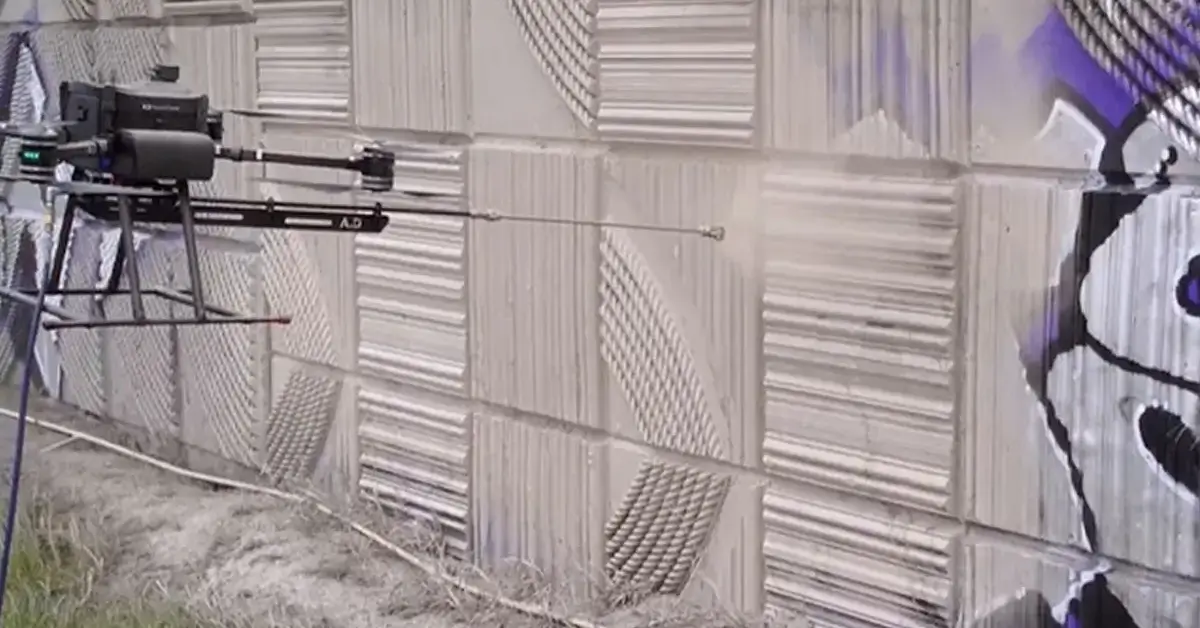Washington Unveils World’s First Graffiti-Removing Drone
The Washington State Department of Transportation (WSDOT) is leading the charge in combatting graffiti with the introduction of innovative graffiti-removal drones. These drones, adapted from existing water-spraying models, are engineered to reach inaccessible graffiti spots.
This initiative is a pivotal component of WSDOT’s broader strategy to tackle graffiti, supported by a recent $1 million allocation passed in March. The program comprises two key elements. Firstly, enhancing traffic cameras to facilitate the identification of graffiti perpetrators along roadways. Secondly, exploring novel techniques for eradicating graffiti in challenging high-altitude locations, which can be prohibitively expensive. Should the WSDOT drones prove effective, widespread adoption across U.S. municipalities may follow suit.
The urgency for such solutions is underscored by the significant expenditure and labor currently required for graffiti removal statewide. In 2023 alone, WSDOT expended approximately $815,000 and over 10,300 hours of labor to remove graffiti spanning 700,000 square feet along highways. However, this effort barely scratches the surface, with new graffiti emerging incessantly throughout the state.
Addressing the challenge of accessing hard-to-reach graffiti spots, WSDOT acknowledges the scarcity of specialized trucks, known as UBITs, required for this task. With only six such trucks available statewide, prioritization is typically given to critical bridge maintenance and inspection work.
The concept of the anti-graffiti drone originated from Mike Gauger, a member of WSDOT’s Tacoma area maintenance crew. Faced with the absence of off-the-shelf solutions, Gauger collaborated with Aquiline, a company specializing in drones for window and roof cleaning. Leveraging Aquiline’s Endure drone as a foundation, WSDOT engineers modified it for anti-graffiti operations. Though initial attempts fell short, subsequent iterations proved highly successful.
The current iteration of the drone features a spray nozzle connected to a paint canister on the ground, enabling it to reach elevated surfaces like tall walls and bridges. Ground operators control the drone’s position, maneuvering it to areas accessible by the tethered hose, facilitating swift graffiti coverage on structures such as retaining walls, bridges, and overpasses.
[InterestingEngineering.com]




